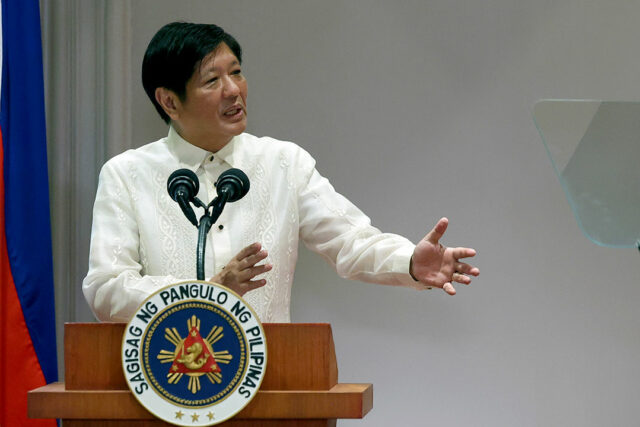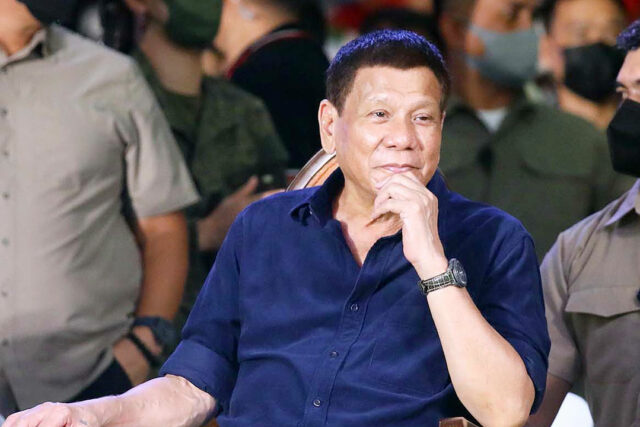With the Philippines undergoing rapid urbanization, industrialization, and environmental degradation, the government is taking the initiative to steer the country towards green growth and sustainable development. To be globally competitive, the government and businesses alike must prioritize innovative approaches, fostering technological advancement, and implement incentive mechanisms that promote environmental protection while driving long-term economic growth.
As such, the government has been actively ramping up efforts to encourage new and current investors to support this green and innovative drive through government-led incentive programs such as the Strategic Investment Priority Plan (SIPP) and the incentives under the Renewable Energy Act.
For business owners and investors, the SIPP is a crucial policy that serves as a roadmap and guide to identifying priority sectors and industries that play a pivotal role in achieving the country’s development goals, including the creation of employment opportunities and export growth.
This is the fourth article in our series following the 2nd SGV Tax Symposium, which focused on how a sustainable and effective tax ecosystem can advance the sustainability agenda for both the public and private sectors. In one of the discussions by the Board of Investments, the speaker presented the SIPP goals for nation building briefly covered below.
THE LABOR-INTENSIVE ECONOMY
According to the Department of Finance (DoF), the unemployment rate in the first eight months of 2023 improved to 4.6% compared to the 5.3% rate from a year earlier. This is a positive development in a labor-intensive country. It is recognized that the workforce plays a vital role in growth and development. With a population of over 118 million in 2023, the Philippines presents a unique opportunity for labor-intensive industries to flourish. Noteworthy though is that being labor-intensive may also be the reverse of technological advancement; thus, it is a challenge to strike a balance between technological innovation and human involvement.
GLOBALLY COMPETITIVE INFRASTRUCTURE
Through the SIPP, the current administration acknowledges the need to hasten the transformation into a modern and efficient economy with highly developed infrastructure, such as efficient transportation systems, roads, bridges, and airports.
The National Economic and Development Authority (NEDA) in March announced that the administration approved high-impact infrastructure flagship projects worth P9 trillion, in line with the “Build Better More” infrastructure program.
Investors may want to delve into projects that will provide adequate infrastructure to promote and support the movement of goods and services across the country, thus reducing transportation costs and improving overall efficiency. Globally competitive infrastructure is also going to manifest in improved healthcare facilities, the availability of affordable housing, and enhanced education.
TECHNOLOGY
One of the focus areas of the SIPP is technology advancement and innovation. By embracing technology advancement, the Philippines seeks to develop a competitive edge, attract digital investment, foster entrepreneurship, and build a strong digital economy. The Department of Trade and Industry (DTI) is likewise pushing for the acceleration and growth of innovation.
As technology will depend on favorable factors, the focus areas for improvement ought to include lowering the cost of power and stabilizing the supply of energy, regardless of location in the Philippines.
CLIMATE CHANGE
With its goal of fostering green growth, the Philippines aims to position itself as a regional hub for carbon-reducing activities. The growth of the renewable energy sector and the transition to cleaner and more sustainable energy sources can be further promoted by making investors and stakeholders alike more aware of the fiscal and non-fiscal incentives on offer for those who invest in energy efficiency projects.
During the 2nd Tax Symposium, the DTI speaker discussed the energy efficiency projects (EEP) under the 2022 SIPP. In relation, BoI Memorandum Circular 2023-006 was issued as an amendment to the Specific Guidelines on Registration of Energy Efficiency Projects covered by Republic Act No. 11285.
Under the circular, for the self-financed, the EEP shall only be entitled to the Income Tax Holiday (ITH) incentive and duty exemption on imports of capital equipment, raw materials, spare parts and accessories. The ITH incentive is limited to the prescribed ITH entitlement period under the CREATE Act or until the recovery of 50% of its capital investment, excluding cost of land and working capital of the registered EEP, whichever comes first.
STRATEGIC INVESTMENT PRIORITY PLAN INCENTIVES
It can be inferred from the SIPP that these objectives for nation building are aligned with the global shift towards a sustainable and green economy through innovation and technological advancement. Businesses can be partners of government and align their investments and projects with the administration’s goal for the Philippines to be a regional hub for globally competitive, innovation- and sustainability-driven industries. Amplifying one’s knowledge of priority sectors vis-à-vis incentives can lead to opportunity and to expansive industries — these include electric vehicles, smart/high-tech light manufacturing, high-tech agriculture, renewable energy, and data centers.
To highlight these attractive incentives, PEZA presented during the symposium that the incentives granted to industries identified by the SIPP include the enjoyment of a four to seven-year ITH. The incentives will depend on the location, the industry, and whether the company is a domestic or export-oriented enterprise as provided under the CREATE law.
After the period of enjoyment, export enterprises can avail of a special corporate income tax of 5% or enhanced deductions. On the other hand, domestic enterprises are entitled to the latter after the ITH period. These deductions are in addition to the allowable ordinary and necessary deductions under the Tax Code, as amended. In addition, companies eligible are entitled to duty and VAT exemption for imports of capital equipment, raw materials, spare parts, and accessories directly and exclusively used in the registered activity. Local purchases directly and exclusively used in the registered activity are also entitled to VAT zero rating.
OTHER GREEN INCENTIVES AVAILABLE
Aside from the SIPP, the Philippines has placed a spotlight on the incentives under the Renewable Energy Act. As an overview, industries eligible under this act are entitled to an ITH of seven years from the start of commercial operations. The maximum period that can be availed of is 21 years, inclusive of the initial seven years. Further, after the ITH period, a 10% corporate tax on net taxable income may be availed of, provided that the savings must be passed on to end-users in the form of lower power rates.
When evaluating the incentives offered in the Philippines, businesses contemplating investment may need to carefully assess the available options to determine which are the most advantageous for their specific needs. Each company will have to consider the various applicable incentives and determine which can provide them with greater benefits.
The Philippines, being rich in natural resources including renewable sources, and having a pool of talented workers, is making strides towards sustainable development by leveraging innovative solutions and incentivizing green practices. By harnessing these incentives and supporting ongoing innovation, the Philippines is poised to become a regional leader in green growth and a model for other countries seeking sustainable development.
This article is for general information only and is not a substitute for professional advice where the facts and circumstances warrant. The views and opinions expressed above are those of the authors and do not necessarily represent the views of SGV & Co.
Cheryl Edeline C. Ong is a tax partner and Anne E. Momongan-Lim is a tax senior manager of SGV & Co.












